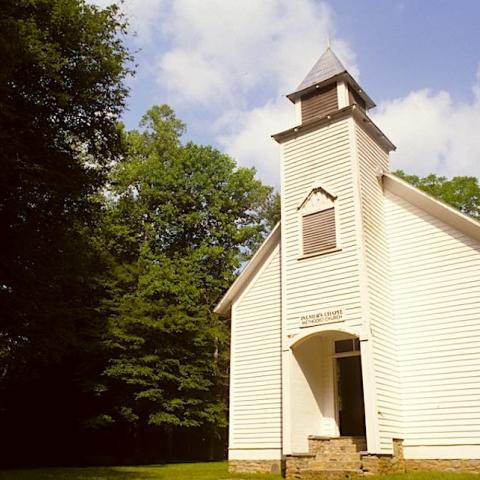
A survey of Americans indicated that very few considered Zion National Park in Utah to be a destination park/Rebecca Latson file
Americans love the national parks, and can name at least the last park they visited, but they don't visit for long, according to a telephone survey commissioned by the National Park Service. In what might come as a surprise, roughly two-thirds of the respondents said their recent park visit lasted a day or less.
That's just a snippet of the information gleaned from the 2018 nationwide survey of more than 2,700 adults conducted by the Resource Systems Group of White River Junction, Vermont, and the Wyoming Survey & Analysis Center at the University of Wyoming.
Park Service staff in Washington, D.C., say they're not ready to discuss the responses in detail. However, a portion of the survey results located by the Traveler said:
* The vast majority (88 percent) of respondents indicated that they were “very satisfied” or “somewhat satisfied” with the way the NPS manages the national parks, national seashores, historic sites, battlefields, national monuments and other designations. Very few (3 percent) respondents were “very dissatisfied” or “somewhat dissatisfied."
* Half (50 percent) of all respondents could name a valid National Park System unit they had visited during the previous two years. Using this definition of recent visitation, the District of Columbia in the NPS National Capital Region recorded the highest percentage of recent visitors among its residents (77 percent), followed by the Alaska Region (60 percent). The lowest percentages of recent visitors lived in the Southeast (48 percent) and Midwest (44 percent) regions.
* Yellowstone National Park was named as a destination by the largest percentage of recent visitors (9 percent), followed by Great Smoky Mountains National Park (6 percent), Grand Canyon National Park (5 percent), Yosemite National Park (5 percent), Gettysburg National Military Park (5 percent), Rocky Mountain National Park (4 percent), and Zion National Park (3 percent).
* Approximately two-thirds (67 percent) of these recent park visits lasted one day or less.
* Recent visitors were generally somewhat younger than non-visitors (50 percent were under 45 years old vs. 44 percent of non-visitors). Just over half (51 percent) of recent visitors had four or more people in their group, nearly half (44 percent) had two or three people in their group, and very few (5 percent) were visiting by themselves. A little over one-third (40 percent) of recent visitors were traveling with children.
* Nearly three-quarters of respondents (73 percent) indicated that they either “strongly agree” or “somewhat agree” that they planned to visit a national park within the next 12 months. Recent visitors were much more likely to “strongly agree” or “somewhat agree” that they planned to visit a national park within the next 12 months (90 percent vs. 55 percent).
* When recent visitors rated the importance of various reasons for visiting on their last visit to an NPS unit, 96 percent said that to be outdoors was “very important” or “important.” Other reasons that were frequently classified as “very important” or “important” included to visit a national park (91 percent), to view wildlife or natural scenery (90 percent), to spend time with friends/family (90 percent), to hear the sound of nature/quiet (88 percent), and to relax (87 percent).
* Two-thirds of recent visitors obtained information prior to their last visit to an NPS unit. The most frequently used information sources were maps/brochures (73 percent), National Park Service websites (68 percent), friends/relatives/word of mouth (64 percent), and previous visits (61 percent).
What do you think of the results? Do they match your preferences and how often you get out into the National Park System?




 Support Essential Coverage of Essential Places
Support Essential Coverage of Essential Places







Comments
Because we travel in an RV, our visits are longer than a day, usually four or five days. The NPS does a fabulous job with the parks. I love the dozens I've visited. Want to visit all of them. Thanks for all the good journalism coverage you give to the parks.
To visit the Channel Islands National Park which encompasses 5 islands you need at least 1 full day --- better yet a full month!
The survey showed that "reasons for visiting on their last visit to an NPS unit, 96 percent said that to be outdoors was "very important" or "important." Other reasons that were frequently classified as "very important" or "important" included to visit a national park (91 percent), to view wildlife or natural scenery (90 percent), to spend time with friends/family (90 percent), to hear the sound of nature/quiet (88 percent), and to relax (87 percent)."
This indicates that respondents may reflect the general attitude of now knowing what a "national park" is. That is, they do not recognize historic areas as National Park System areas. Parks that are specifically established for historic or archeological reasons account for about 40% of total visitation to NPS areas annually. That doesn't square with the more than 90% of respondents saying they visit a "NPS unit" to be outdoors or view wildlife and nature.